
SCHEDULE CRACK FILLING SERVICES IN KENOSHA, WISCONSIN
Cracks in your pavement may seem like a minor aesthetic issue, but it’s not that simple. While cracks may start on the surface, they will begin to deepen and spread if not repaired quickly. That’s why crack filling is an essential asphalt maintenance task.
Armored Sealcoating is an excellent choice for crack filling services in Kenosha, Wisconsin and the surrounding areas. Get a quote for your driveway or parking lot today – call us at (262) 515-4150.
MORE INFO ON ASPHALT CRACK FILLING
Why is crack filling so important?
Cracks are the first sign of bigger asphalt problems. As water seeps in, the cracks will worsen; eventually exposing the base of your pavement to damaging elements. In Wisconsin, the freeze-thaw process wreaks havoc on cracks as well, leading to extensive asphalt deterioration and potholes.
It’s important to fill cracks promptly if you want to avoid the above issues.
Our Crack Filling Process
We use a high-grade rubberized asphalt solution to fill cracks. Our meticulous application process allows for complete coverage and a tight seal. If we are seal coating your driveway or parking lot, crack repair will be performed first to ensure the best seal and a protected surface.
Asphalt Patching
If cracks are too severe or your pavement has potholes, patching may be required. Asphalt patching is a long-term, cost-effective pothole repair solution. Our patching method allows us to repair potholes of all sizes. The process is fairly quick and can be driven on almost immediately. Parking lot maintenance often includes crack & pothole repair.
Interested in learning more? Ready to schedule crack filling services? Contact us!
IDENTIFYING ASPHALT CRACKS
Asphalt pavement cracks vary in shape, size, and severity. The most common types of cracks you will see on roadways, parking lots, and driveways include:
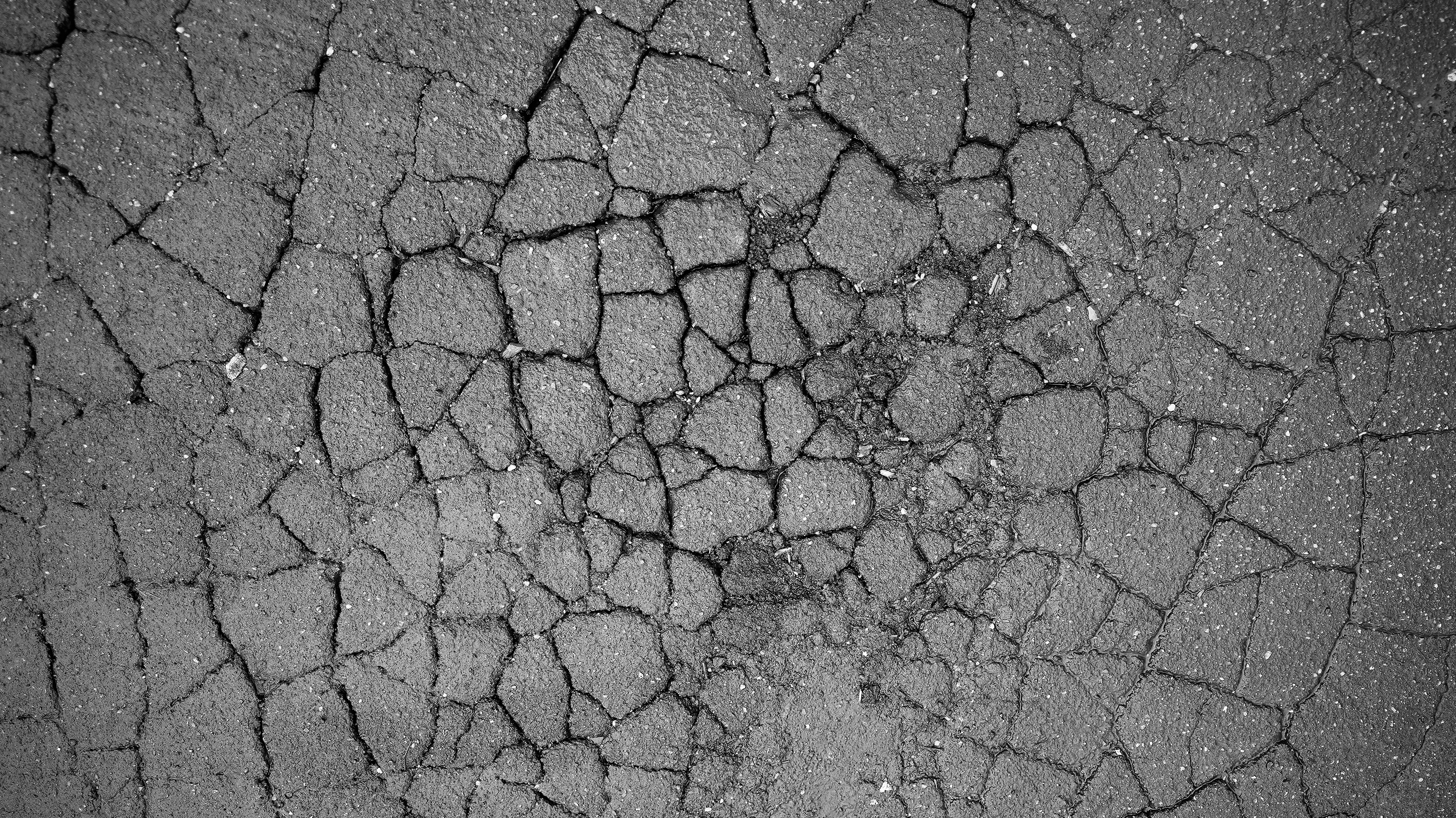
Fatigue Cracking
Also known as alligator cracking because the crack pattern is similar to that of an alligator’s skin, fatigue cracking is common and can be caused by a weakened pavement base or overloading. The right repair method will depend on how deep the cracks are and how much area they cover.
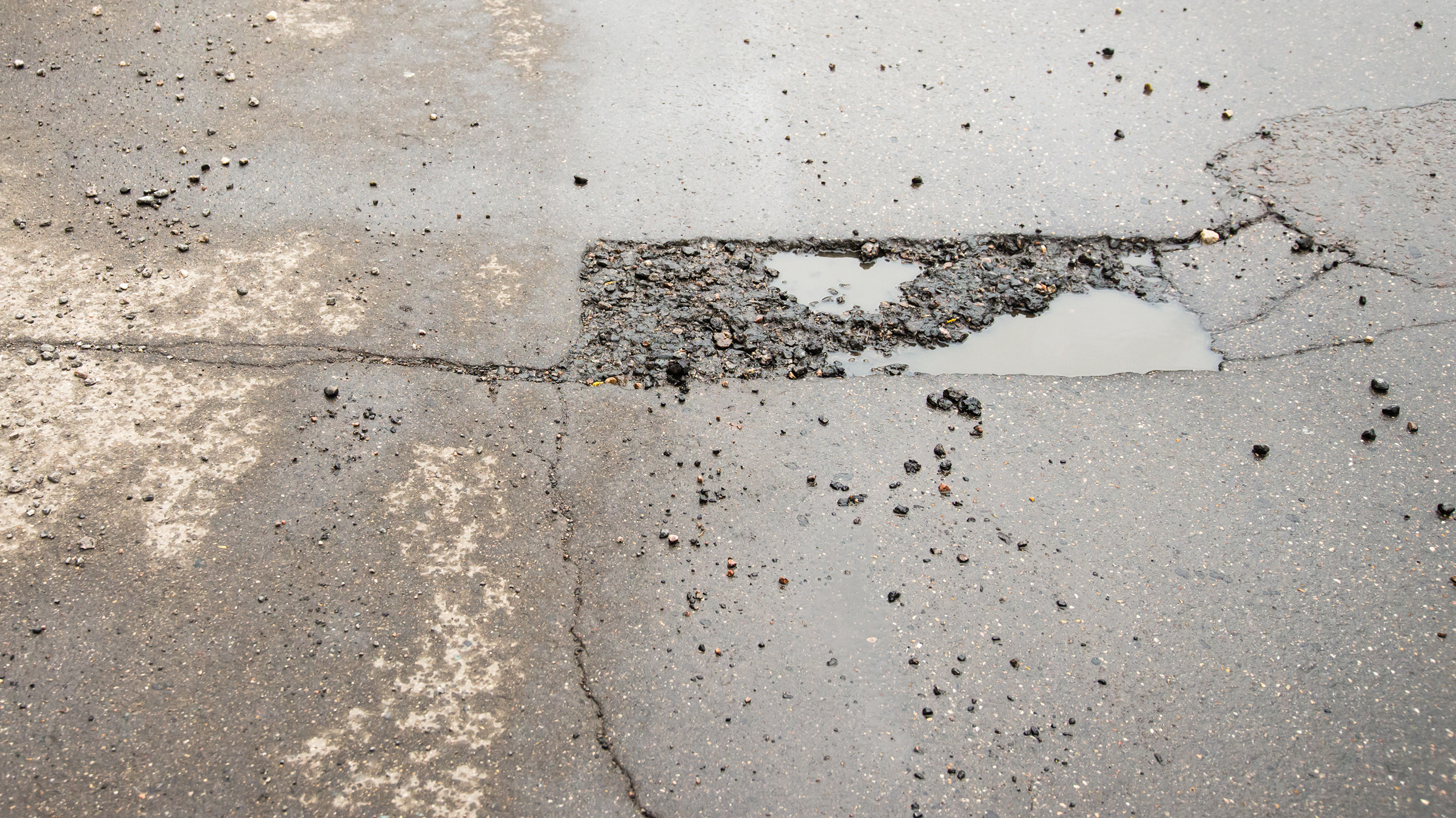
Block Cracking
Block cracks are often seen on roadways, in areas that receive little to no traffic. They appear as large rectangular cracks (hence the name “block”) and usually occur after pavement strain caused by temperature changes.
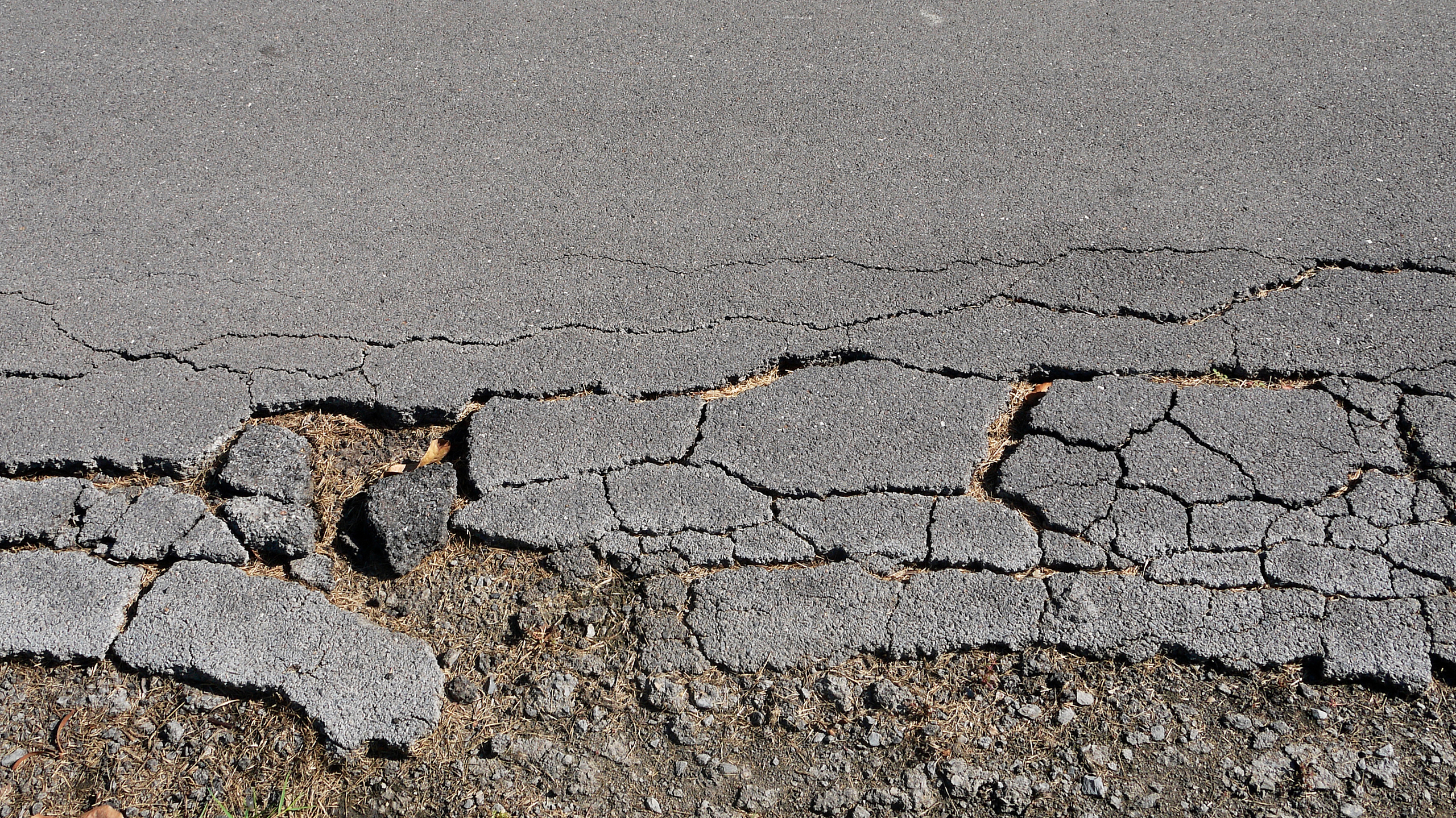
Edge Cracking
pavements with insufficient support on the outer edges often suffer from edge cracking, longitudinal cracks that run close together and sometimes even weave into each other.
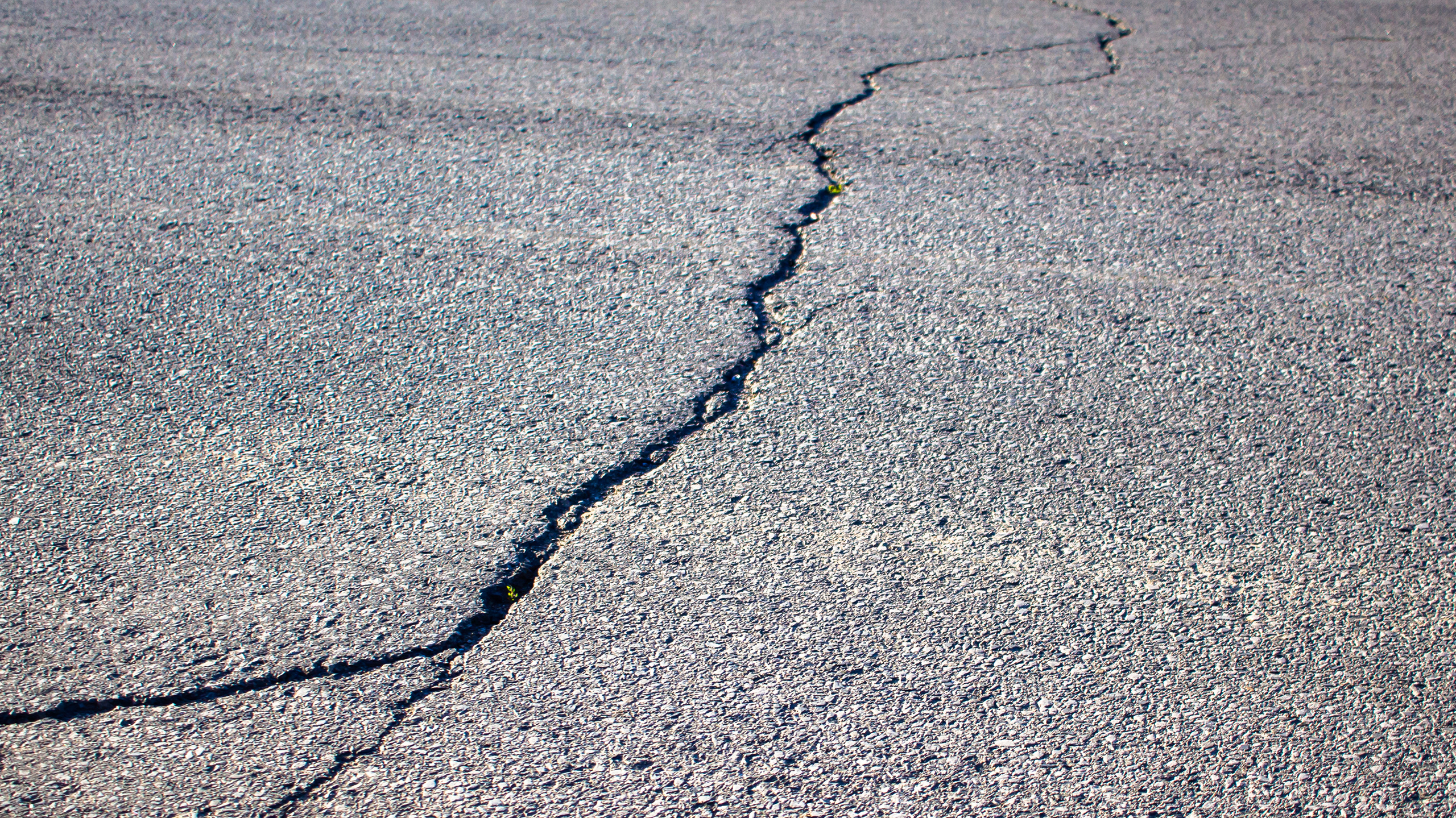
Transverse Cracking
You may have noticed large cracks that run straight across a roadway or driveway, these are transverse cracks caused by asphalt shrinkage or an existing crack in the pavement.
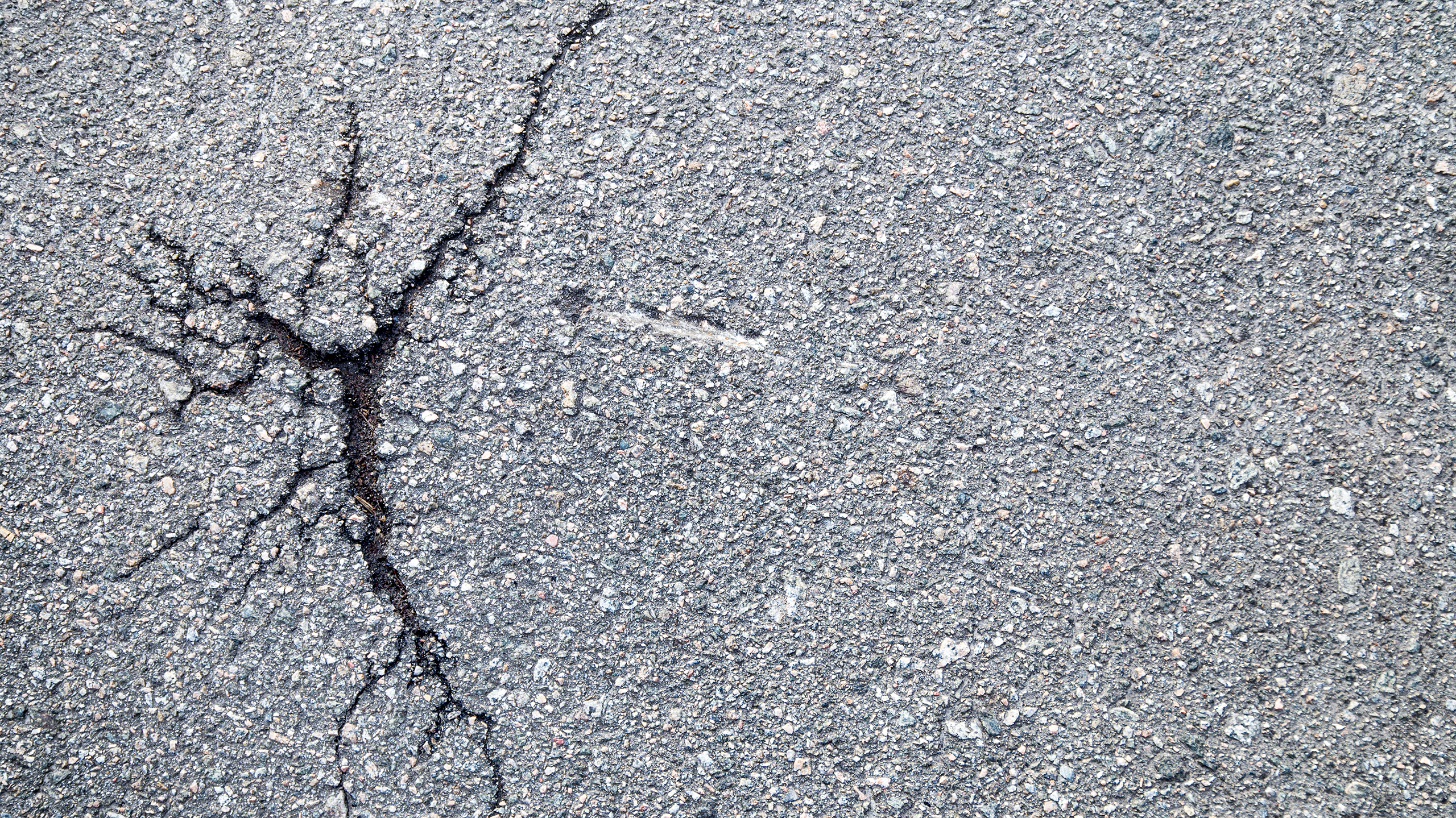
Slippage Cracking
Slippage cracks are a little less common because they are due to poorly installed pavement; either bad asphalt mix was used or the paving process did not properly bond the pavement layers together. Slippage cracks are crescent-shaped and occur under the pressure of vehicles braking or turning on the surface.
Request A Free Quote
If your pavement suffers from any of the cracks above, give us a call for crack repair. It may require asphalt patching if the damage is too severe for a standard crack filling fix. Contact Armored Sealcoating for asphalt crack filling, touch up, or seal coating services in Kenosha and surrounding areas today.
